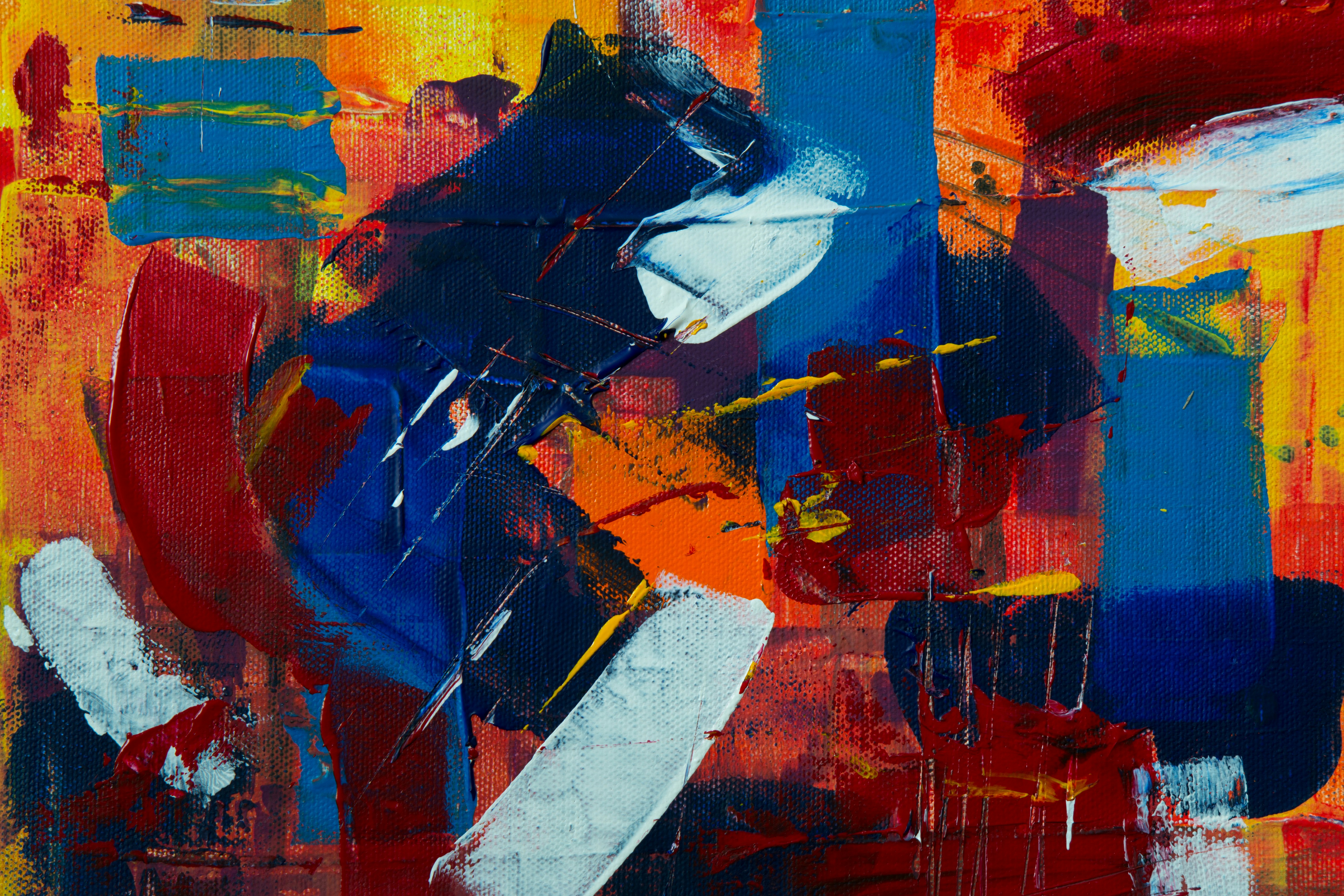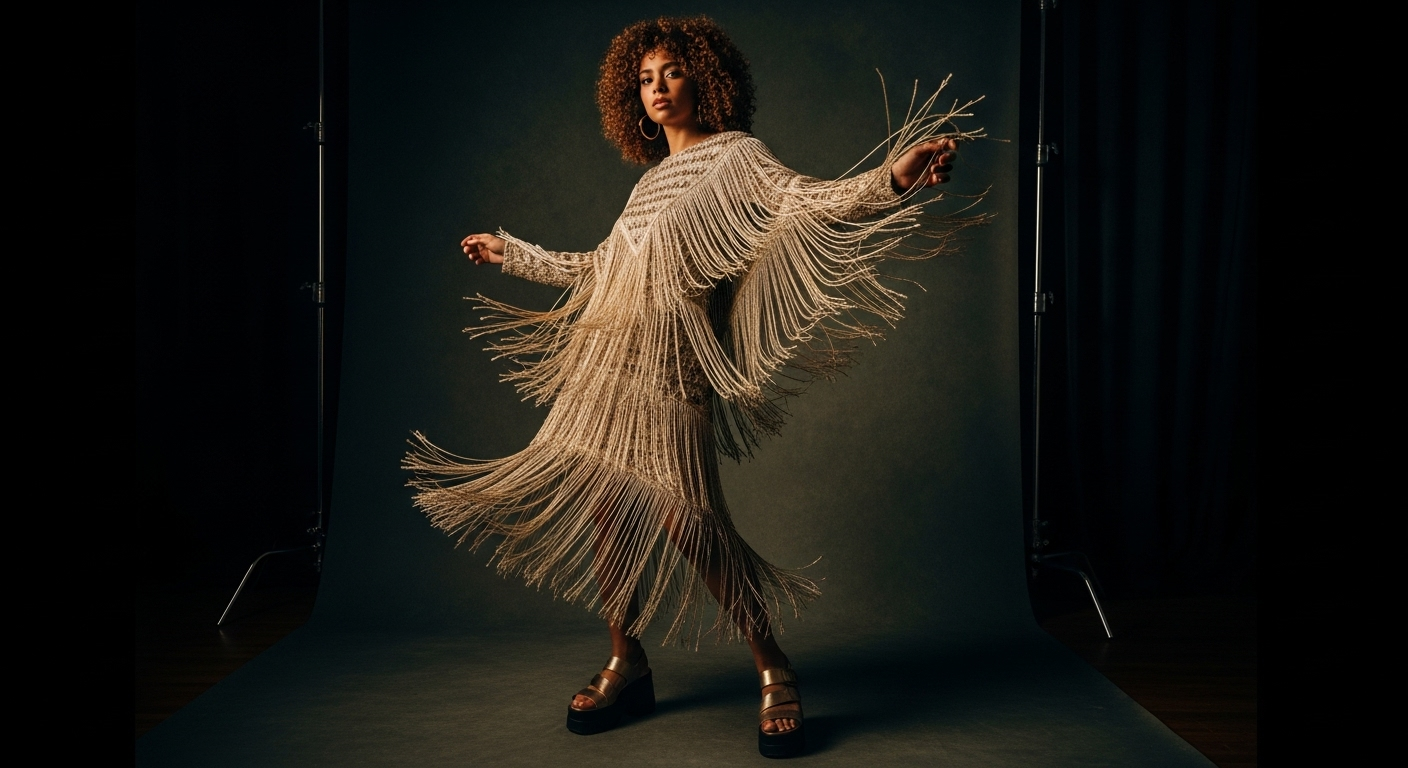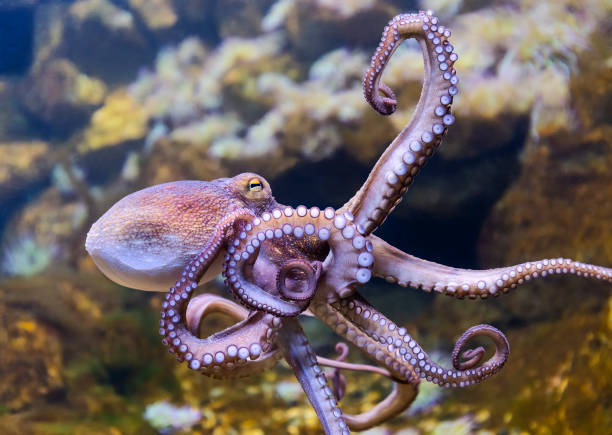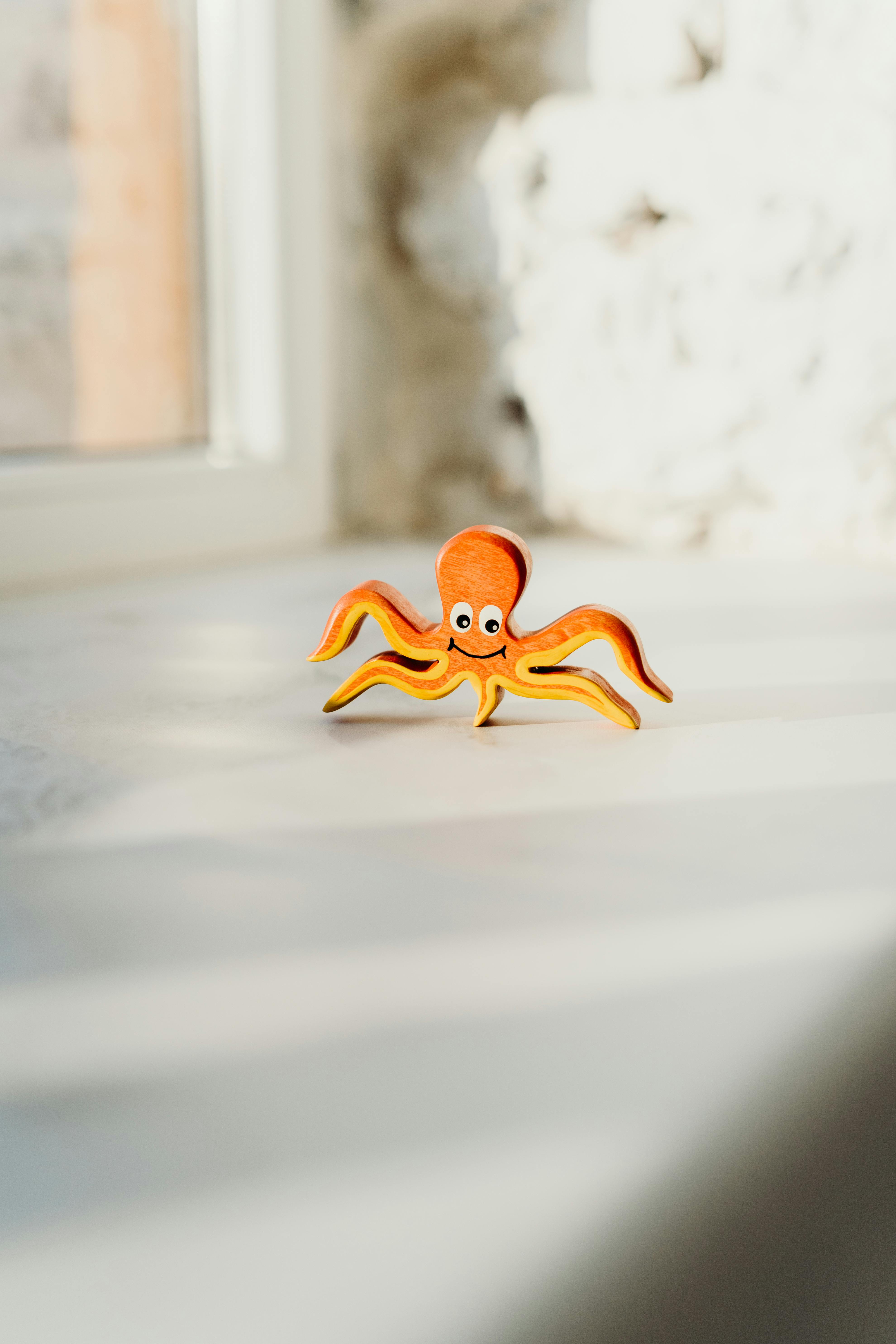**Innovation and Influence: The Digital Art Boom**
Introduction: From pixel to projection, digital art has exploded onto the arts scene, changing the landscape entirely. This article delves into its evolution, current trends, and the impact it's made on the art world. Digital art, the creation of artistic works using digital technology, was born out of a convergence of art and science in the mid-20th century. This new medium stemmed from artists' curiosity and the desire to push the boundaries of creative expression. Early pioneers experimented with computer graphics, video, and sound, leading to the first waves of digital art in the 1960s and 1970s.

Current Trends in Digital Art
Today, digital art has evolved to embrace a variety of forms, from digital painting and sculpture to interactive installations and virtual reality experiences. One of the most striking trends is the rise of NFT art, or non-fungible tokens, which have revolutionized the way digital art is bought, sold, and valued. Another trend is the use of artificial intelligence in creating art. Artists are now using machine learning algorithms to generate unique, thought-provoking pieces.
The Impact of Digital Art
Digital art has fundamentally changed the art world, democratizing access to art creation and appreciation. Artists are no longer restricted by traditional materials; anyone with a computer and software can create and share their work worldwide. This democratization has led to an explosion of creativity and a wider array of voices being heard. In terms of reception, digital art has been both celebrated for its innovation and critiqued for its departure from traditional art forms.
The Significance of Digital Art
Its impact extends beyond the art world. It has blurred the lines between art, technology, and entertainment, leading to exciting new forms of expression and communication. For instance, digital art has become integral to the gaming industry, advertising, and film production. It has also opened up new avenues for cultural commentary and social engagement.
Looking Ahead: The Future of Digital Art
The future of digital art is exciting and unpredictable. As technology continues to develop at a rapid pace, artists will undoubtedly find new ways to push boundaries and challenge our perceptions of what art can be. With the advent of technologies like virtual and augmented reality, the possibilities for digital art are practically limitless.
In conclusion, the digital art boom has ushered in a new era of creativity and expression. Its influence is far-reaching and continues to shape the arts and entertainment industry in profound ways. As we move forward, it will be fascinating to see how this dynamic field continues to evolve and impact our cultural landscape.




